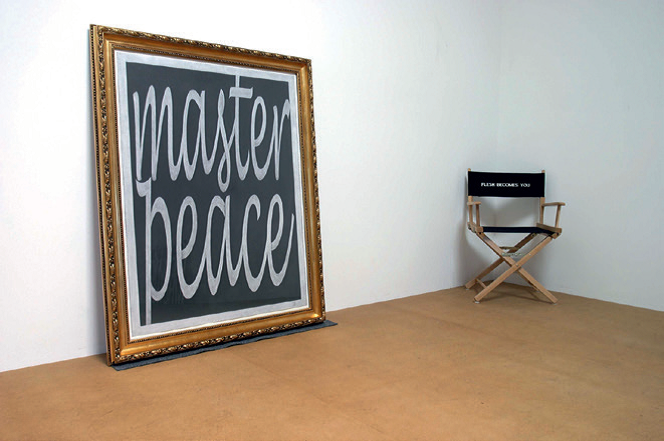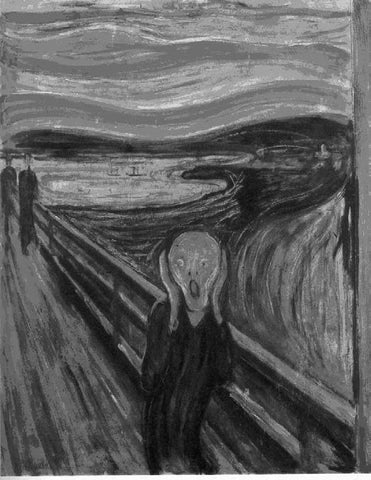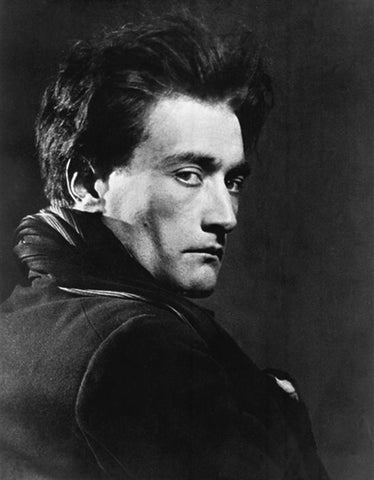
Using postmodernism in drama and theatre making
£14.95
We live in an increasingly ‘cross-genre’ environment where things are mixed, sampled and mashed up. History, time, roles, arts, technology and our cultural and social contexts are in flux. Postmodernism expresses many of the ways in which this is happening. As the reformed A-levels come on stream, postmodernism may appear to have little place except in BTECs. However, performing arts in general and drama in particular require knowledge and understanding of wider contexts, reinterpretations, devising and study of texts from different periods. Exploring postmodernism is an excellent way to open up a world of artistic interest, exploration, experiment and mash-ups for students who are 16 and over.
Although different in details, the Drama and Theatre A-level specifications offered for teaching from 2016 (first exam in 2018) are similar in intention and breadth of study. All require exploration of some predetermined and some centre-chosen texts, a variety of leading practitioners, and devising and re-interpretations. Using postmodernism broadens students’ viewpoints, ideas and practical experiences of using art forms to express material.
Exam preparation aside, this scheme serves as an effective introduction/taster to performing arts in general and theatre/drama in particular.
Number of lessons: 6
Although different in details, the Drama and Theatre A-level specifications offered for teaching from 2016 (first exam in 2018) are similar in intention and breadth of study. All require exploration of some predetermined and some centre-chosen texts, a variety of leading practitioners, and devising and re-interpretations. Using postmodernism broadens students’ viewpoints, ideas and practical experiences of using art forms to express material.
Exam preparation aside, this scheme serves as an effective introduction/taster to performing arts in general and theatre/drama in particular.
Number of lessons: 6




